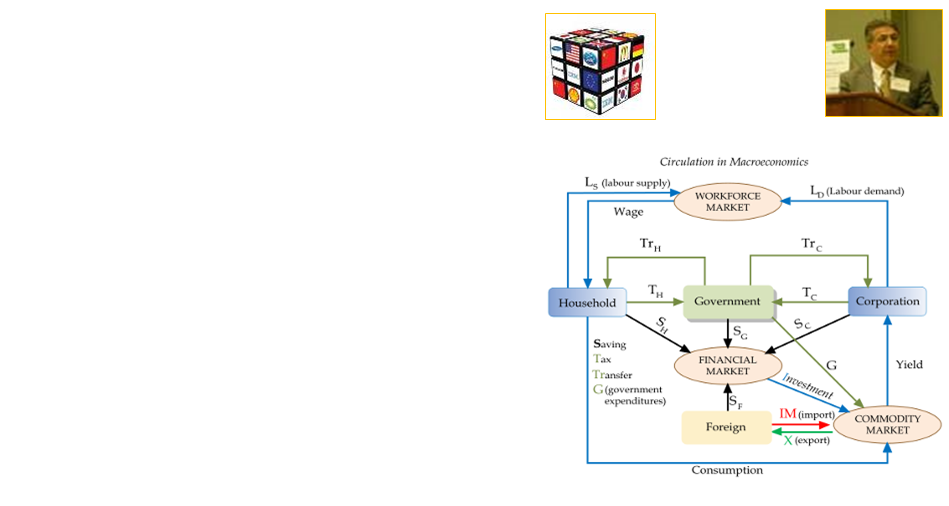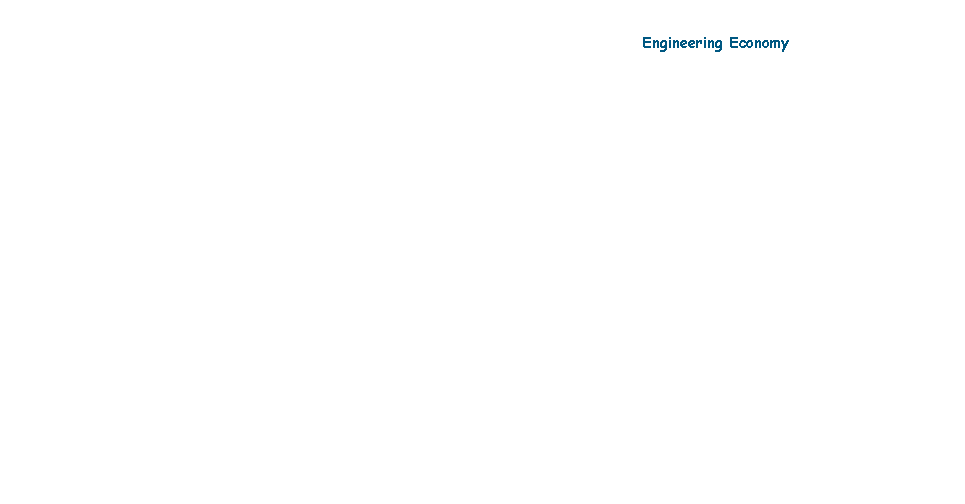
|
Professor Anvari Taught manufacturing and industrial systems engineering courses at the University of Michigan for five years where he received his three engineering degrees, and as an adjunct professor he teaches project and cost management at local universities in the Washington DC area. In his early career he worked at General Motors as a production engineer and later as an operations research and systems analyst at the cost and economic analysis center in Washington DC. Mort is currently the ASA (FM&C) Lean Six Sigma (LSS) deployment director and is responsible for cost and economics programs and strategy where he oversees process improvement initiatives, economic studies validation, cost benefit analysis, and risk & uncertainty analysis in support of major defense programs. Mort is Defense Acquisition University Level III Certified in Business, Cost Estimating, and Financial Management (BCEFM) and has won the 2006 DoD modeling and simulation award. In his public lectures, Mort stimulates cost culture debates among government and industry leaders and managers. Professor Anvari has repeatedly appeared on live television programs analyzing the political economy of the Middle East. |

|
Subject: Economics |
|
The term Globalization is sometimes used to refer specifically to economic globalization: the integration of national economies into the international economy through trade, foreign direct investment, capital flows, migration, and the spread of technology. The term Global Economy refers to an integrated world economy with unrestricted and free movement of goods, services and labor trans-nationally. It projects the picture of an increasingly inter-connected world with free movement of capital across countries, also. The concept of a global economy cannot be understood in isolation. For this, globalization needs to be defined first. Globalization may be defined as the integration of production and consumption in all markets across the world. It is a widely accepted view that globalization would not only benefit all countries across the world but would also work towards the betterment of the economy as a whole. Country specific economic and political decisions are being taken on a global scale in today’s world with global considerations becoming more important than narrow provincial ideals. A Global Economy also leads to a shifting of jobs from the developed countries to the Third World Countries as wage rates are much lower here. This allows companies of the advanced nation to grow exponentially. For example, we might find computer chips produced in China be exported to USA for designing which may be subsequently used in Japanese computers supplied across the world. This process is called “outsourcing” and leads to exploitation of workers in Third World economies where income inequalities already exist. |
|
|
Global Economy |
|
1 |
|
|
2 |
|
|
3 |
|
|
4 |
|
|
5 |
|
|
6 |
|
|
7 |
|
|
8 |
|
|
9 |
|
|
10 |
|
|
11 |
|
|
12 |
|
|
13 |
|
|
14 |
|
|
15 |
|
|
16 |
|
|
17 |
|
|
18 |
|
|
19 |
|
|
20 |


|
Macroeconomics is a branch of economics dealing with the performance, structure, behavior, and decision-making of the entire economy. This includes a national, regional, or global economy. With microeconomics, macroeconomics is one of the two most general fields in economics. Macroeconomists study aggregated indicators such as GDP, unemployment rates, and price indices to understand how the whole economy functions. Macroeconomists develop models that explain the relationship between such factors as national income, output, consumption, unemployment, inflation, savings, investment, international trade and international finance. In contrast, microeconomics is primarily focused on the actions of individual agents, such as firms and consumers, and how their behavior determines prices and quantities in specific markets. Macroeconomic models and their forecasts are used by both governments and large corporations to assist in the development and evaluation of economic policy and business strategy. |
|
|
PRINCIPLES OF MACROECONOMICS |
|
1 |
|
|
2 |
|
|
3 |
|
|
4 |
|
|
5 |
|
|
6 |
|
|
7 |
|
|
8 |
|
|
9 |
|
|
10 |
|
|
11 |
|
|
12 |
|
|
13 |
|
|
14 |
|
|
15 |
|
|
16 |
Household and Firm Behavior in the Macroeconomics: A Further Look |
|
17 |
|
|
18 |
|
|
19 |
International Trade, Comparative Advantage, and Protectionism |
|
20 |
Open-Economy Macroeconomics: The Balance of Payments and Exchange Rates |
|
21 |
|
1 |
|
|
2 |
|
|
3 |
|
|
4 |
|
|
5 |
|
|
6 |
|
|
7 |
|
|
8 |
|
|
9 |
|
|
10 |
|
|
11 |
|
|
12 |
|
|
13 |
|
|
14 |
|
|
15 |






|
|
Managerial Economics (Economic Tools for Today's Decision Makers) |
|
MicroEconomics (Theory and Applications with Calculus) |
|
1 |
1 |
||
|
2 |
2 |
||
|
3 |
3 |
||
|
4 |
4 |
||
|
5 |
5 |
||
|
6 |
6 |
||
|
7 |
7 |
||
|
8 |
Pricing and Output Decisions: Perfect Competition and Monopoly |
8 |
|
|
9 |
Pricing and Output Decisions: Monopolistic Competition an Oligopoly |
9 |
|
|
10 |
10 |
||
|
11 |
11 |
||
|
12 |
12 |
||
|
13 |
13 |
||
|
14 |
14 |
||
|
15 |
The Global Soft Drink Industry: A Case Study in Managerial Economics |
15 |
|
|
|
|
16 |
|
|
|
|
17 |
|
|
|
|
18 |
|
|
|
MacroEconomics (Principles, Applications, and Tools) |
19 |
|
|
1 |
|
|
|
|
2 |
11 |
||
|
3 |
12 |
||
|
4 |
13 |
||
|
5 |
14 |
||
|
6 |
15 |
||
|
7 |
16 |
||
|
8 |
17 |
||
|
9 |
18 |
||
|
10 |
19 |